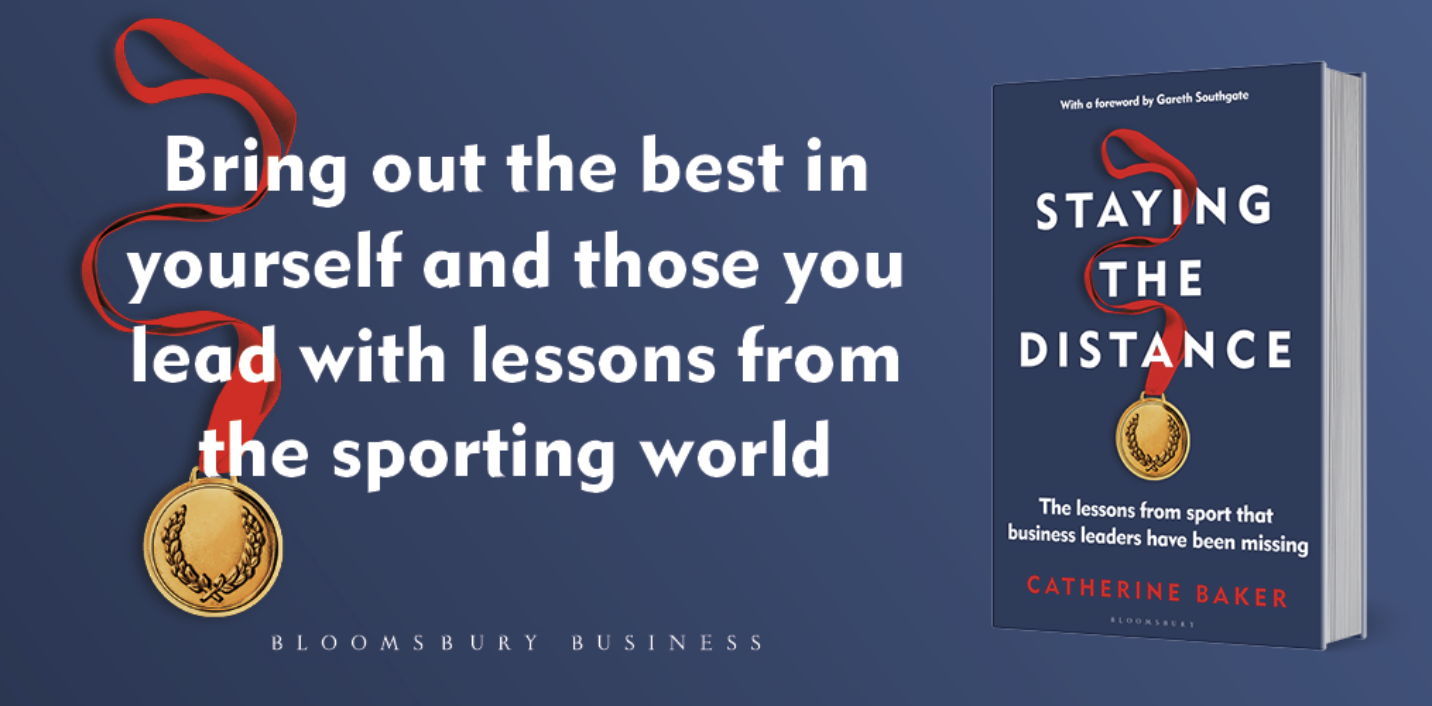


The following are excerpts, quotes and summaries from the ‘Expert Report’ created by Donna A. Lopiano PH.D, which has been created to independently look at all of the evidence provided in the case of: Shannon Miller, Jen Banford and Annette Wiles v The board of Regents of The University of Minnesota
All of the content in our summaries have been pulled directly from the report and are in no way opinions, conclusions or comments of the FCN. We have simply provided our audience with a concise and shorter version of the report written by Donna A. Lopiano PH.D in the hope of raising awareness of the case.
There are 8 questions in which Donna A. Lopiano PH.D has been asked to present her findings, and over the coming few days, we will be publishing each individually for you to read. The full 124 page report which is a public document will be available on the FCN website for all to read further.
The FCN would like to offer its full support of Shannon Miller, Jennifer Banford and Annette Wiles. Discrimination of any coach based on their gender, sexual orientation, race or any other factor is abhorrent and we stand by those that speak out against it. We have decided to release content from this report with the aim of raising awareness of such discrimination and to inspire other coaches who may be going through similar incidents to speak the truth.
#SupportShannon
With regard to student-athlete retention on a team, coach communication with student-athletes and student-athlete satisfaction with their athletics experience, are there differences between Division I and Division II programs that award athletic scholarships and Division III or high school athletic program experiences in which financial aid is not a factor? Are there differences in how athletes adjust to these more competitive Division I and II program environments? Do player adjustment failures affect team chemistry? What model professional practices are required to successfully deal with individual player adjustment challenges or adverse team chemistry situations? Are such player adjustment differences commonly understood by Division I and II coaches and athletics administrators?
Another accusation thrown at Shannon (and Jennifer and Annette) was that of “student -athlete dissatisfaction”, something which the report addresses in question 3. Donna A. Lopiano PH.D outlines the usual practices, commonly known differences and changes that athletes have to deal with when they progress through the different athletic programs and up to the highly competitive world of Division I sports – which, Shannon Miller was Head Coach of.
Firstly, the report states that there are “significant differences” between all the athletic program levels, (NCAA Division, NCAA Division I, NCAA Division III, National Junior Collegiate Athletic Association, National Association for Intercollegiate Athletics, High School athletics programs) in the form of:
- coach communication
- student-athlete retention
- student-athlete satisfaction
Each difference is reflected in athletes behaviours, depending on how they individually deal with adjusting to the environments and how this then affects team chemistry. It is also important to know the professional practices required to deal with challenging individual player adjustments
1) Coach Communication / Coaching Styles – differences between Division I, II, III
As we are taught in coach education, it is vital to recognise when certain types of coaching styles are required. We all know that coaches of inexperienced athletes need to deliver information differently to that of a coach with experienced, more elite athletes. The report clearly outlines the differences in competitive levels of the different athletic programmes which all require different coaching styles:
“Division I caters to athletes with professional or Olympic / National Team aspirations, Division II athletes seek higher level of competitive excellence than Division III, NJCAA and NAIA.” “It is commonly understood that Division I and II coaches communicate in a straightforward and more direct ways”.
The report concludes that a straightforward communication style of coaching in the highest level of collegiate competition is essential and that by accepting a male coach can coach this way and females will be penalised in coaching the same way is discriminatory.
To “require that women coaches adjust their communication to be less forceful, less demanding or less insistent about effort and the pursuit of excellence” than their male counter parts, the report states is “a discriminatory double standard”. Women coaches should not have to be “more reflective” or more “gentle” in their delivery.
ii) Student – Athlete Retention
In the lower leagues, coaches (male and female) have to focus on retaining and recruiting athletes “who can pay for a substantial portion of their own education.” Division I coaches do not have this pressure.
UMD accused the three female coaches of not focussing on retaining and recruiting which, according to the report, indicates“a lesser respect for female coaches and an anachronistic gender stereotype” as they did not expect the male coaches of the male teams to have to focus on this.
The report states that it is totally normal for “Division I and II institutes to experience higher levels of student-athlete turnover and dissatisfaction than Division III and lower.” Due to the higher level of competition and high demand on the athletes, an environment such as this is not expected to “coddle athletes” who are struggling with or do not have the level of commitment required to perform at that level. “The environment is tougher and requires considerable individual athlete adjustment and resilience. Thus, athlete turnover at this level is a normal occurrence and should not be considered a coaching deficiency.”
Once again, expected female coaches to treat their athletes differently than male coaches should do is discriminatory.
iii) Student-Athlete Satisfaction
Referring back to how athletes adjust in the more competitive environment of a Division I team compared to perhaps a high school team, the report states:
“The transition from being the proverbial ‘big-fish in a small pond’ in high school to Division I and II athletics where an athlete who experienced all-state or record-breaking success or was as a start in every game in high school level may not make the starting team or is at risk at being cut from he team, causes considerable angst for many athletes and their families.”
It can often be the case that athletes who find themselves in this position, transfer to lower level competition to ensure that they are more likely to start or be a full time member of the team. According the report: NCAA research on Division I men’s basketball transfers show that more than half of all transfers move to lower level competition and that one in four college student transfers.
As well as having to deal with student – athlete satisfaction, parent satisfaction also plays a role as “unfortunately some parents simply refuse to believe that their child does not have what it takes.”
Concluding that some athlete satisfaction issues are a normal occurrence by both male and female coaches due to athlete transition and should not be pinned solely on the coach.
To summarise the points made above and that the accusations aimed at all three female coaches are not fair, Donna A. Lopiano PH.D states:
“In my eighteen years as a Division I athletic director and experience as a national team coach and player, and in my training of future sport managers for all competitive divisions, I emphasize that encountering such team chemistry challenges at one or more points in any coach’s career is inevitable but there are key mechanisms to use to try to avoid such challenges.”
For more information about the mention case, please visit the following links:
Shannon Miller Interview – April 2017
Shannon Miller Interview – September 2015
Why the Shannon Miller case is so important for all women in all sports.
















